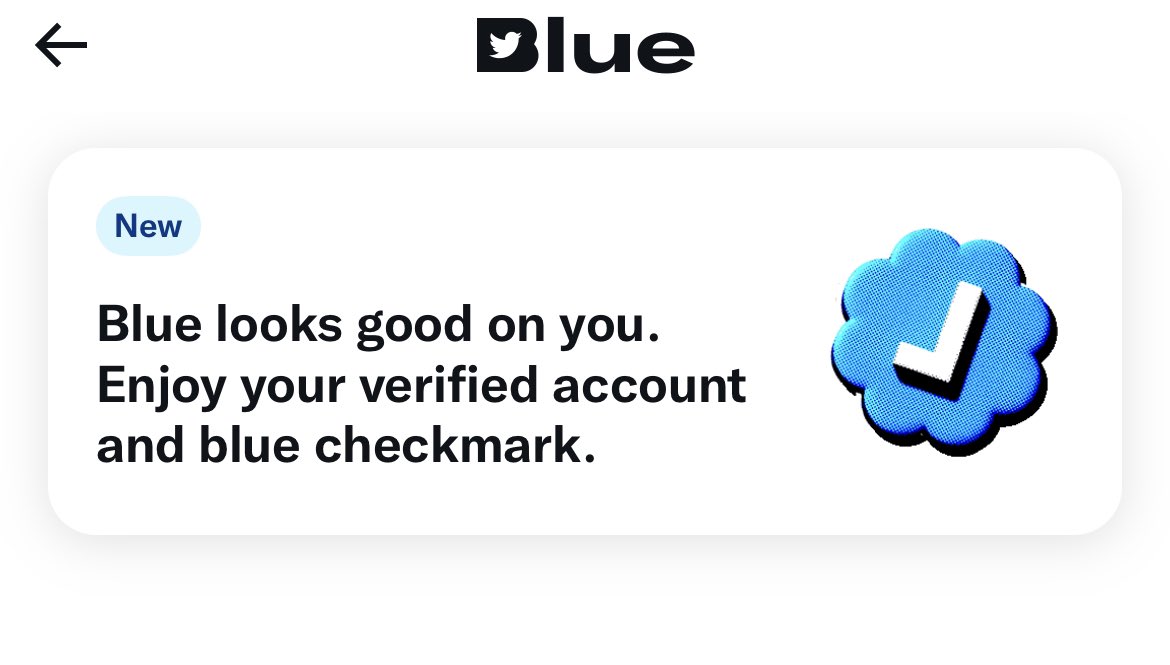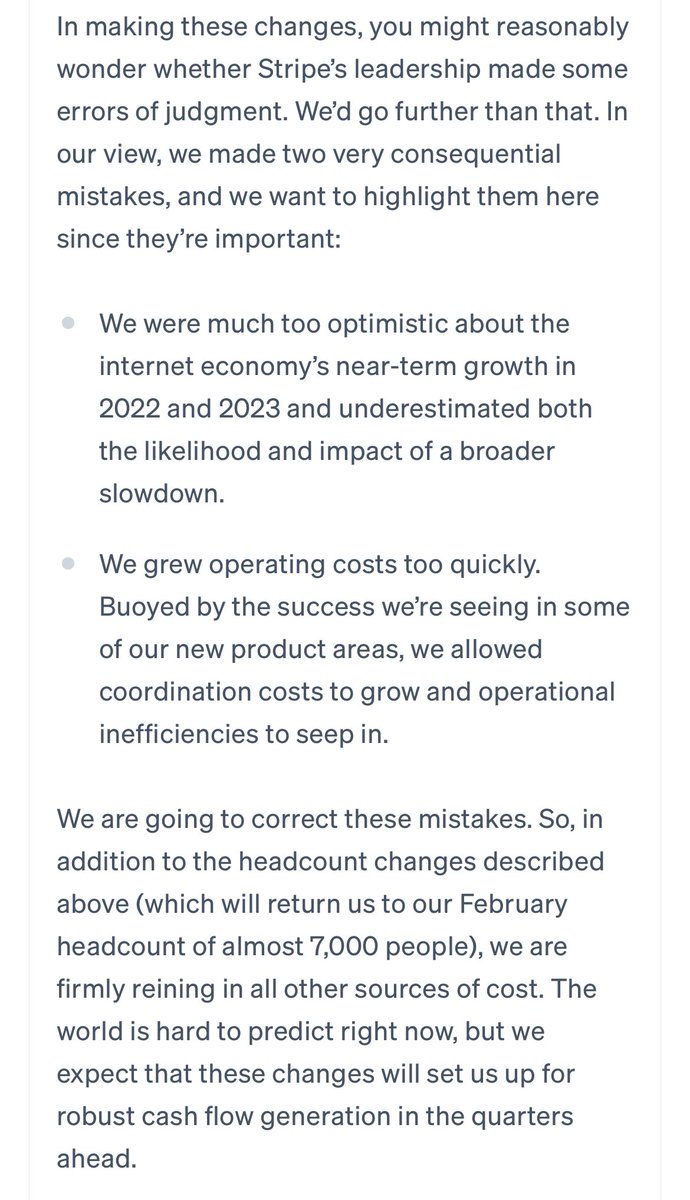
“I don’t understand why X was laid off, and their manager also couldn’t tell them why.”
With layoffs being more frequent, a thread about how who is let go is often decided, and why it can seem random (even though there’s a system):
With layoffs being more frequent, a thread about how who is let go is often decided, and why it can seem random (even though there’s a system):
1. The way most layoffs go is like this:
CEO: “how much do we need to pay off?”
CFO: “we need to cut our burn by 20%. To be safe, we should reduce headcount expenses by 20%. We can do 18% but that’s risky and means we need to save harder on OPEX.”
CEO: “Ok, 20% it is.”
CEO: “how much do we need to pay off?”
CFO: “we need to cut our burn by 20%. To be safe, we should reduce headcount expenses by 20%. We can do 18% but that’s risky and means we need to save harder on OPEX.”
CEO: “Ok, 20% it is.”
2. CEO tells all C-levels to send him a list with names to layoff that reduce headcount expenses by 20%. Deadline: a week.
C-levels look through their orgs and pass down mandates to VPs to reduce HC expense by X%: so it all adds up to the target 20%. Key orgs can see less cuts.
C-levels look through their orgs and pass down mandates to VPs to reduce HC expense by X%: so it all adds up to the target 20%. Key orgs can see less cuts.
3. VPs usually involve directors, but NOT below. Senior managers, managers usually not in the loop.
Ok, so now the list needs to be built. Now, at this point there’s usually still a $ target, not a headcount target. So how is this list built?
Ok, so now the list needs to be built. Now, at this point there’s usually still a $ target, not a headcount target. So how is this list built?
4. Directors don’t reach out to managers but identify people to fired based on:
- Highest costs in redundant roles / ones less needed
- Poor performance reviews recently
- People working in cost centers / long-term-bets
- Tenure (shorter tenure)
- Highest costs in redundant roles / ones less needed
- Poor performance reviews recently
- People working in cost centers / long-term-bets
- Tenure (shorter tenure)
5. What directors and VPs don’t take into account usually:
- How well-respected this person is in the team
- Maternity/paternity leaves or recent returns (HR will take care to pay sufficient severance, or flag if legally not allowed to let go)
- Diversity (again: left to HR)
- How well-respected this person is in the team
- Maternity/paternity leaves or recent returns (HR will take care to pay sufficient severance, or flag if legally not allowed to let go)
- Diversity (again: left to HR)
6. The selection will really depend on what the directors and VPs prioritise and it *will* feel random. The director has incomplete information, and need to have a list by a deadline. It’s all bad decisions: they’ll try to make it less bad, but it will still suck.
7. Is there anything you can do ahead of time to be “safe?”
A few things that *could* help:
- Work in a profit center: newsletter.pragmaticengineer.com/p/profit-cente…
- Have your director/VP know of you in a positive way. If they do: you might get taken off the list/not make it on.
A few things that *could* help:
- Work in a profit center: newsletter.pragmaticengineer.com/p/profit-cente…
- Have your director/VP know of you in a positive way. If they do: you might get taken off the list/not make it on.
8. Other things:
- The higher your total compensation relative to peers, the more you could be a target in these cases, sadly. So if you make a lot: try to save for a nest egg.
- A lot of this is out of your control. What is in your control is having a network that can help.
- The higher your total compensation relative to peers, the more you could be a target in these cases, sadly. So if you make a lot: try to save for a nest egg.
- A lot of this is out of your control. What is in your control is having a network that can help.
While it’s inevitable that many companies will do layoffs with the economic reality becoming very grim, many of them do this poorly (no one worse than Twitter, amongst tech companies).
Some advice to do these considerate: newsletter.pragmaticengineer.com/p/preparing-fo…
Some advice to do these considerate: newsletter.pragmaticengineer.com/p/preparing-fo…
A most common confusion I hear on layoffs: “Even my manager didn’t know. Is this not unfair? No one knows my work/value better than them!”
Line managers are usually not involved b/c
1. All good managers would try and protect their team
2. So it would not change the outcome.
Line managers are usually not involved b/c
1. All good managers would try and protect their team
2. So it would not change the outcome.
To add, why line managers are usually involved:
Say they are involved: they protest, try to protect people then those people are still fired.
They were now part of this decision, even though having zero authority on it. Some people would blame their manager for no reason.
Say they are involved: they protest, try to protect people then those people are still fired.
They were now part of this decision, even though having zero authority on it. Some people would blame their manager for no reason.
• • •
Missing some Tweet in this thread? You can try to
force a refresh







